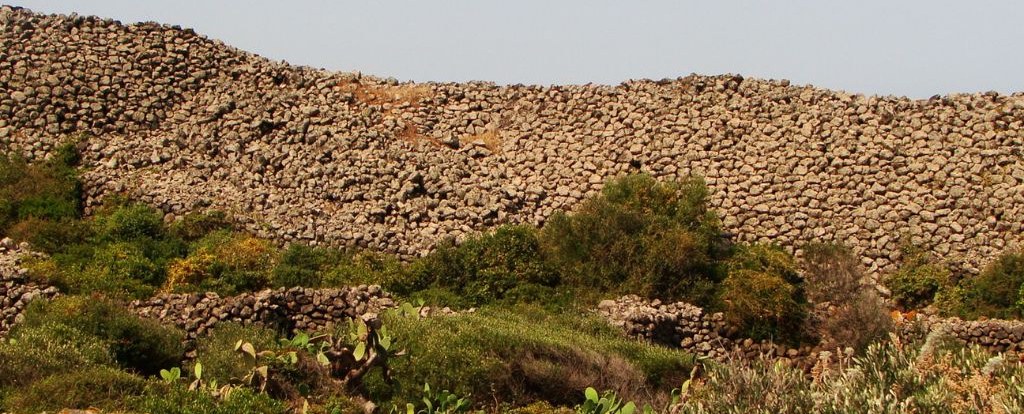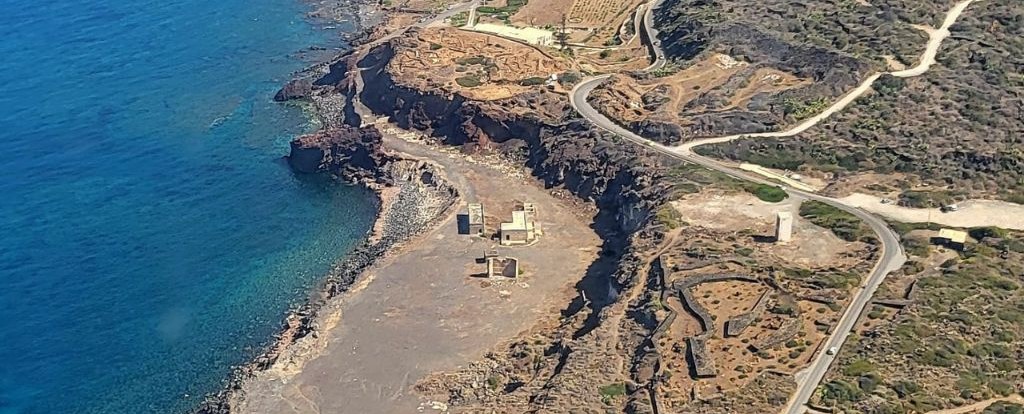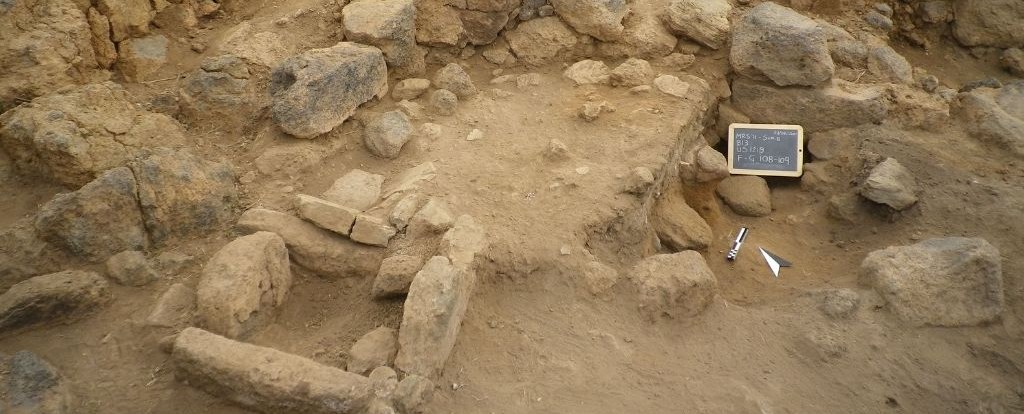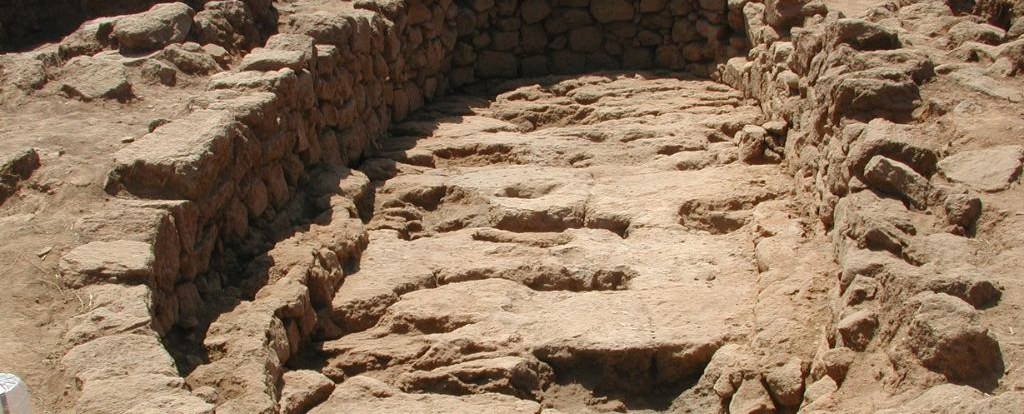
Mursia
Monumental archaeological complex of the protohistoric village of Mursia and the “Sesi” necropolis.

PROTOSTORIC VILLAGE OF MURSIA, PANTELLERIA (TP)
Field director:
Activities:
Surveys, stratigraphic excavations, archaeobotanical analysis, 3D scanning and modelling, educational activities for schools, experimental archaeology and experimental archaeology demonstrations for the public.
Chronology:
Village dating between the final stages of the Early Bronze Age and the Middle Bronze Age 1 and 2 (1750-1450 BC), corresponding to the later stages of the Sicilian Early Bronze Age.
Description:
The archaeological complex of Mursia, consisting of a Bronze Age settlement and the so-called “Sesi” necropolis, is an exceptional case, unique in the central Mediterranean for its monumentality, degree of preservation, and scientific interest in relation to the Bronze Age of the area. The entire complex occupies a well-defined area on the island of Pantelleria, located in the northwestern part.
The protohistoric village of Mursia, built in a strategic position on a rocky spur about 30 m a.s.l., covers an area of about 1 hectare and is divided into artificial terraced plateaus. It is therefore defended on three sides by the promontory itself, while on the inner side it is artificially protected by an imposing wall, 200 meters long and estimated to be between 8 and 10 meters high (known as the Muro Alto, or High Wall). Within this massive fortification, the village is divided into two separate parts, one known as the promontory or sea plateau and the other as the acropolis or mountain plateau. The first part includes sectors A and D of the settlement, while the second includes sectors B, C, E, and F. The team from the University of Bologna was initially responsible for exploring the latter area of the village.
Archaeological investigations have revealed a high degree of spatial organization, typical of the entire settlement and defined by the positioning of the various housing units almost leaning against each other, which has led to the hypothesis of a subdivision based on existing kinship groups. All the dwellings differ in size and layout, resulting in a certain formal variety (oval, quadrangular, and circular), while sharing the same construction technique. The walls are made of double-faced dry stone, the elevations built of mud mixed with plant elements, for structures either partially dug into the ground or built at ground level. Careful stratigraphic excavations have also revealed different floor surfaces inside all the dwellings, evidence of multiple phases of renovation over time. In addition, various internal divisions of the rooms, stone platforms, and varied combustion structures have been identified, suggesting a strongly domestic use of the dwellings.
Excavations carried out in the area have also revealed the presence of a wide range of finds and raw materials, both local and imported, further confirming the centrality and originality of the Pantelleria context in the Sicilian Bronze Age. First and foremost are the numerous ceramic sherds, which can be classified as belonging to the Rodì-Tindari-Vallelunga (RTV) facies, although with a peculiar and specific island variation. The faunal and carpological remains are abundant and well preserved, testifying to the fact that the community of Mursia based its livelihood mainly on agriculture and livestock farming. Clay fragments (e.g., spindle whorls), stone tools (both obsidian and flint), millstones, grinding stones, casting molds, stoneware, bone artifacts, ivory objects, and beads made of vitreous materials have also been unearthed.
Further information:
Click here to learn more about the site!




